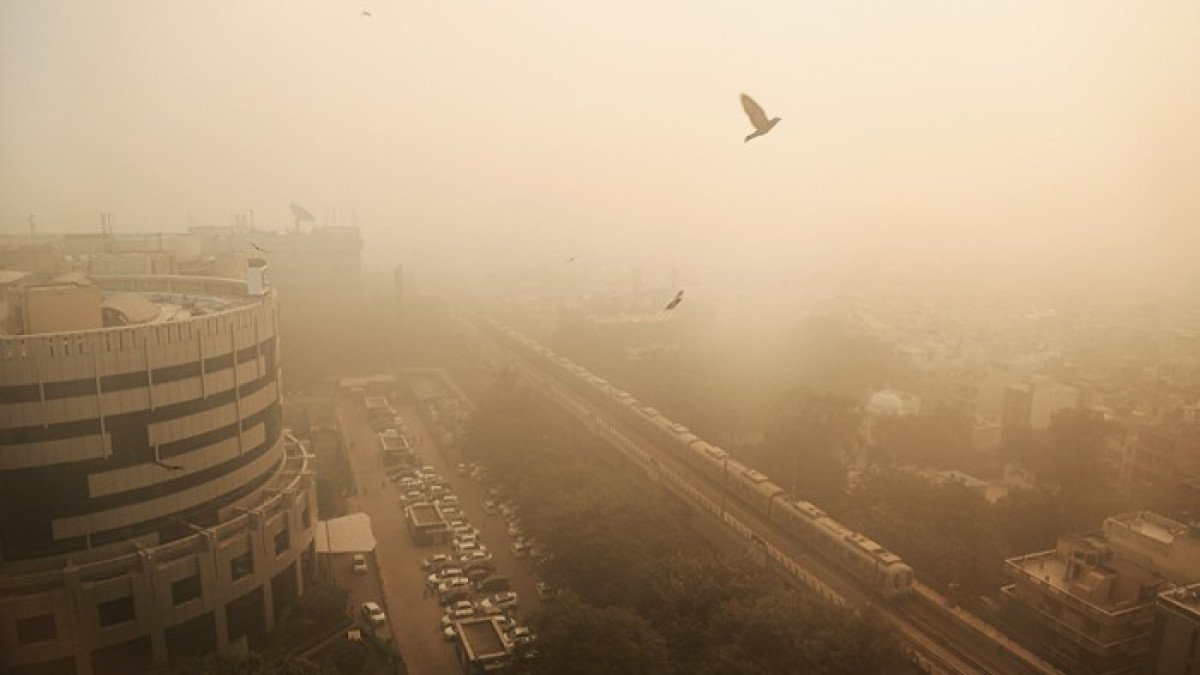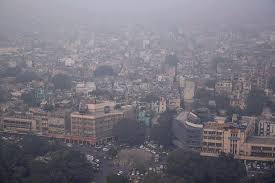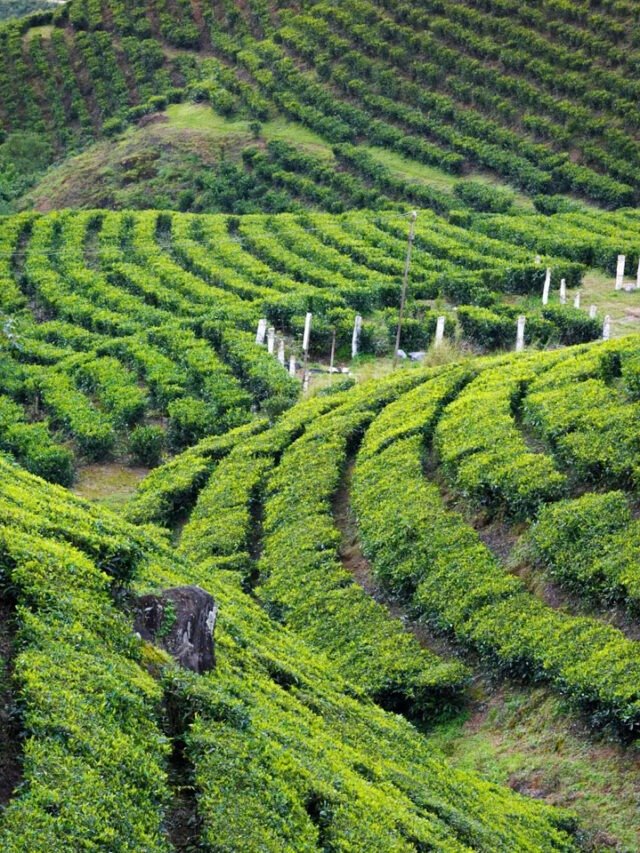NEW DELHI, Nov 27: Emissions from residential cooking and heating, power generation, and industries together contribute up to 60 per cent of India’s PM2.5 pollution, with about 80 per cent of this coming from fossil fuel combustion, a new study has found.
The peer-reviewed study, published in MDPI’s “Air” journal, suggests dividing India into 15 airsheds based on regional climate and pollution sources.
An airshed is a geographic area where air quality is influenced by common factors such as wind patterns and pollution sources. Since pollution can spread across regions, the airshed approach promotes coordinated action among states.
“Residential cooking and heating, power generation, and all other industries together are responsible for 40-60 per cent of the PM2.5 pollution in all the airsheds, and approximately 80 per cent of the pollution comes from fossil fuel burning sources,” said Sarath Guttikunda, lead author of the study and founder of UrbanEmissions.info.
The study said biomass burning, including post-harvest crop residue burning, contributed less than 3 per cent to annual PM2.5 levels while transport accounted for 5-10 per cent in all airsheds.
PM2.5 are fine particles with a diameter of 2.5 micrometres or less, about the width of a human hair. These are so small that these can penetrate deep into the lungs and even enter the bloodstream, posing significant health risks.
An analysis of PM2.5 trends from 1998 to 2020, along with state-level data on fuel consumption, energy demand and emissions, revealed that 11 of the 15 airsheds were critical for India’s air quality management and required coordinated interventions.
The Indo-Gangetic Plains remain the most polluted region, with significant emissions from residential cooking and heating (especially in winter), power plants, brick kilns (driven by construction demand), waste burning, dust and vehicular movement for passengers and freight.
The plateau region between the Eastern and Western Ghats, India’s second most populated area, has seen the highest rise in annual PM2.5 pollution during this period, the study said.
“This is an indication of the growing urbanisation and demand for transport, industrial, and commercial amenities,” it said.
Coastal areas, vital to India’s industrial economy, have also experienced rising pollution despite the moderating effects of land-sea breezes.
This increase is attributed to growing shipping emissions and overall industrial growth in cities such as Mundra, Surat, Mumbai, Goa, Mangalore, Kochi, Thiruvananthapuram, Chennai, Visakhapatnam, Paradip and Haldia. (PTI)












